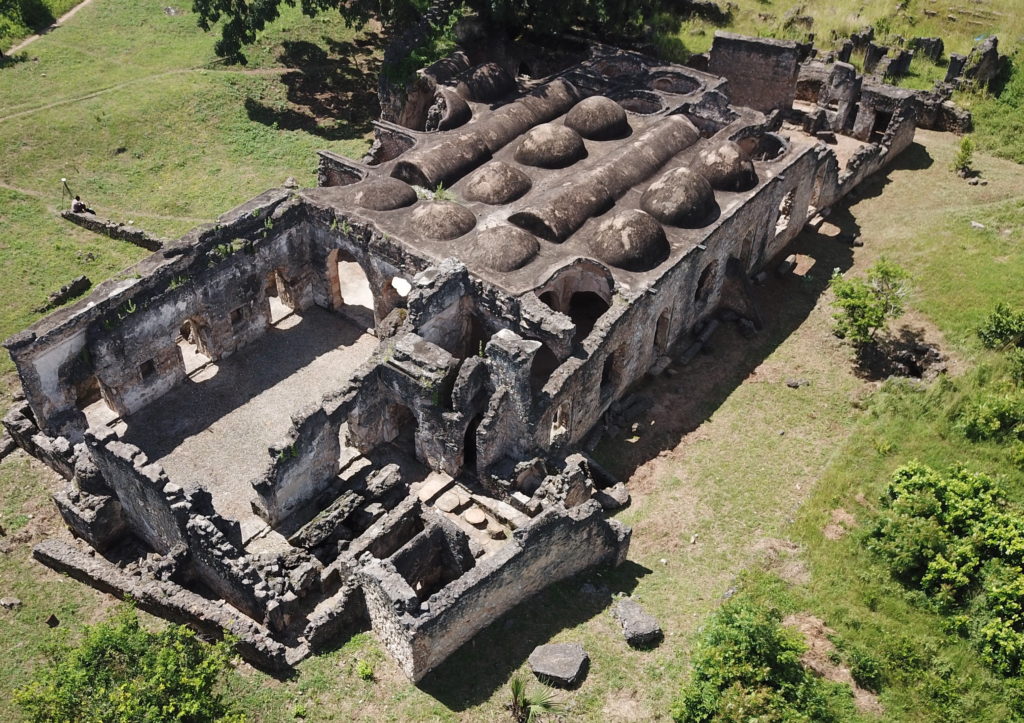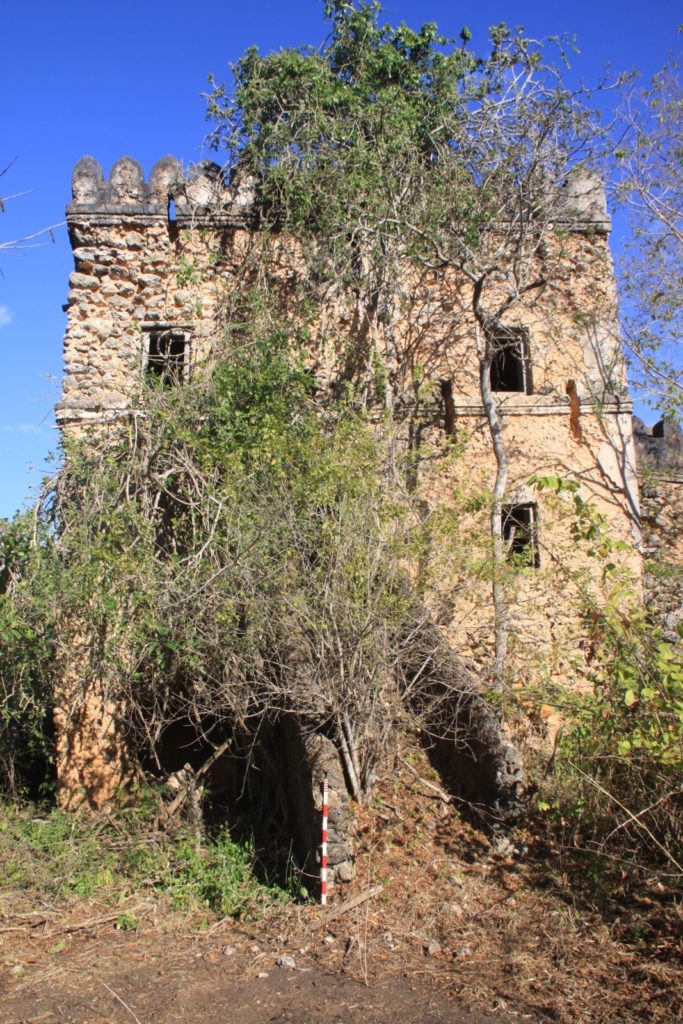Calanis - Beneath the Peat 2019-2020
Over
the past few years we have been going to the Calanais site in Lewis, Scotland
to try to map parts of the Neolithic landscape that are hidden today. Rolling back the clock to over 5000yrs ago
means that we have to consider significant changes in the landscape that
include agricultural practice and natural changes such as the prolific growth
of peat across the islands. Further,
there are have been changes associated with coastal position following the rise
in sea level to present day heights. The Calanais Virtual Reconstruction
Project is a joint venture led by the University of St Andrews with the Calanais
Visitor Centre and the University of Bradford. The project team has been
surveying the satellite sites near the Tursachan, the main prehistoric stone circle
at Calanais. The surveys have revealed evidence for lost stone circles, buried
beneath the peat and we have also used this data to create digital
reconstructions that will allow visitors to virtually “walk” around the stones.
One rarely visited site surveyed known as Site XI or Airigh na Beinne Bige, consists of a single stone on an exposed hillside overlooking the whole valley and a couple of kilometres directly north of the Tursachan. At the site we conducted a range of geophysics including electromagnetic ground conductivity mapping, electrical resistivity tomography, surface resistivity, magnetic gradiometry, and also used handheld magnetic susceptibility sensors to measure both the upstanding stone and to take measurements on the local rock exposures. The magnetic gradiometry revealed that the single stone was originally part of a circle of standing stones but that many of these are now buried by the thick peat deposits.
The
gradiometry also revealed a very unexpected result – that of a star-shaped magnetic
pattern right at the heart of the stone circle. This massive, star-shaped magnetic
anomaly in the centre of the circle we believe to be the result of a single, large
lighting strike or many smaller strikes on the same spot.
Such clear evidence for lightning strikes is extremely rare in the UK and the association with this stone circle is unlikely to be coincidental. Whether the lightning at Site XI focused on a tree or rock which is no longer there, or the monument itself attracted strikes, is uncertain. However, this remarkable evidence suggests that the forces of nature could have been intimately linked with everyday life and beliefs of the early farming communities on the island.
The project is now studying more archaeological sites in the area around the Tursachan, the main stone circle at Calanais. There are at least a dozen stone circles in the area, but at many sites the stones have fallen and become buried beneath the blanket peat that covers much of the landscape over the millennia.

A view of the 3D model created by the computer science team at the University of St Andrews under Dr Alan Miller can be seen at https://vimeo.com/273858929.
At
site X, also known as Na Dromannan the fallen stones sit on a hill overlooking
the main valley. Here careful scanning of the stones allowed a full 3D
model of the site to be built. The virtual recreation allows the passage of the
sun and moon around this circle to be tracked for the first time in four millennia.
Now, anyone can virtually visit this remote site and get a real sense of what
it was like just after it had been constructed.
You can read a full account of the geophysics is given here:
Geophysical
investigation of the Neolithic Calanais landscape Bates, C. R., Bates, M.,
Gaffney, C., Gaffney, V. & Raub, T. D., 11 Dec 2019, In: Remote Sensing.
11, 24, 2975.









